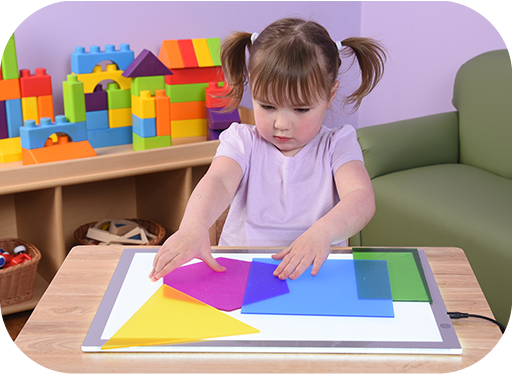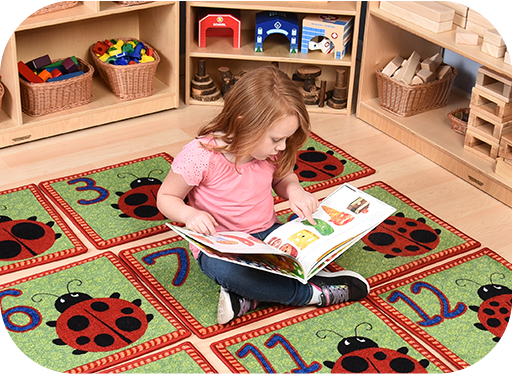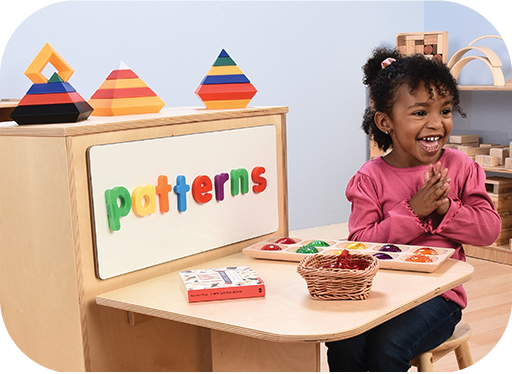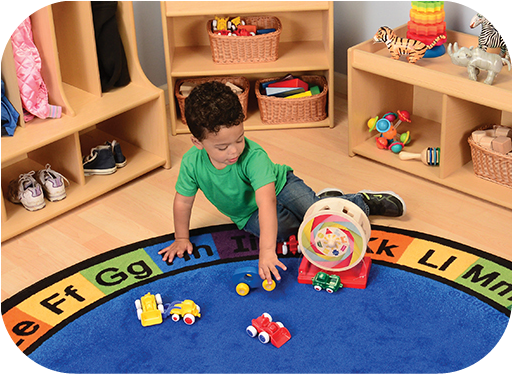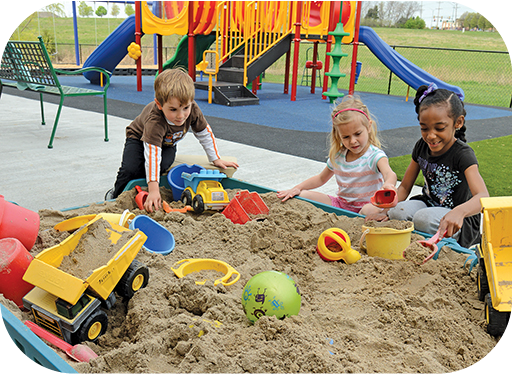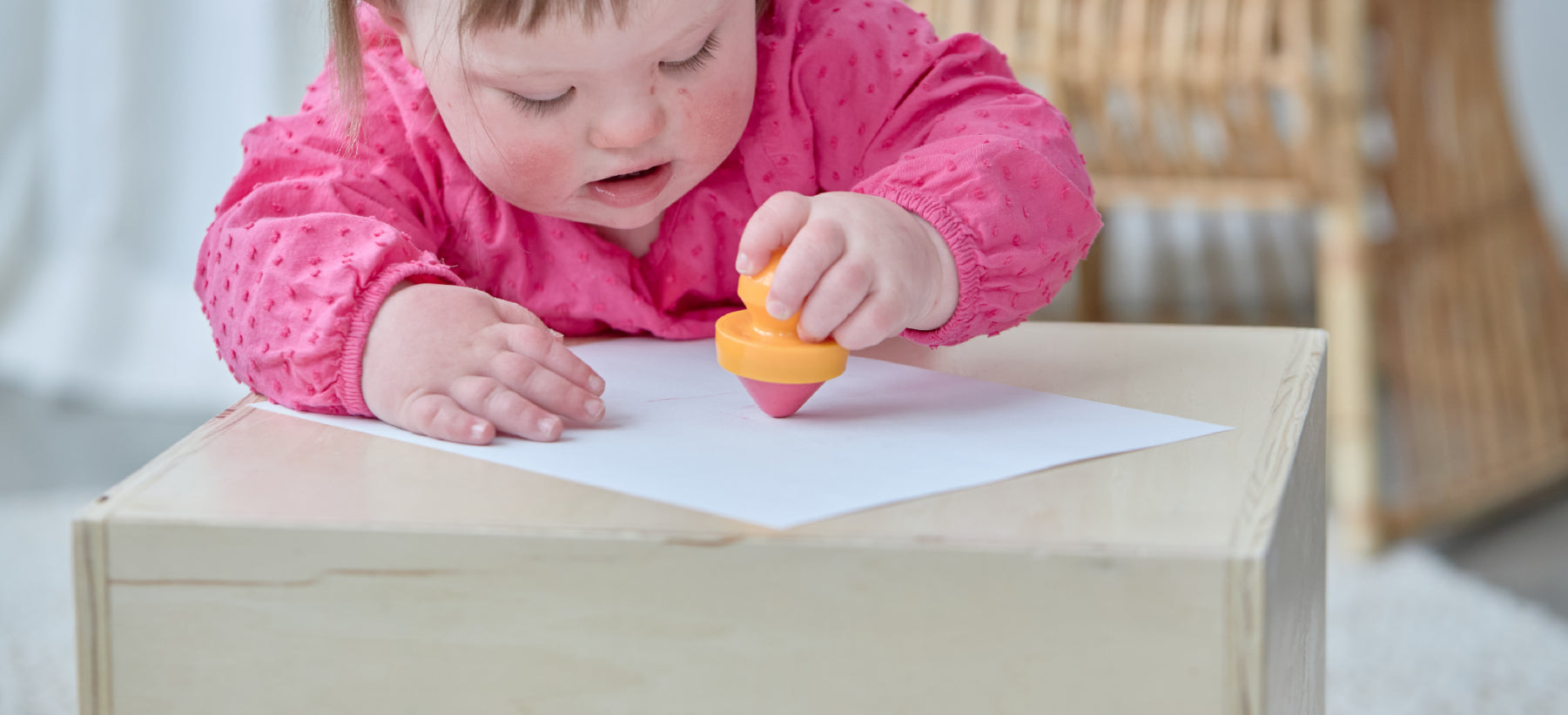
Art: It’s not the product, It’s the process!
UNLOCK YOUR STUDENT’S EMOTIONS THROUGH ART
The word “art” brings up many different ideas to many different people. Some remember messy art projects and the fun they had creating them; others think about an overwhelming amount of materials and not knowing what to make. Still, others remember the feeling that nothing they made was good enough to compare to the model they were given. With young children, the hope is to create learning opportunities that evoke a feeling of joy and that they can represent their feelings through art.
Art means “the expression or application of human creative skill and imagination, typically in a visual form such as painting or sculpture, producing works to be appreciated primarily for their beauty or emotional power.” So, what does art mean to a young child? For them, it’s the process of creating; being free to mix the colors, use lots of glue, get messy, and explore. It means acceptance when they show their art and are met with “Wow! Tell me how you did that!” It means feeling proud when they see their art displayed in the classroom or at home on the refrigerator.
The first step in children’s drawings is when their scribbles turn into circular images and lines which represent a person or animal. This visual idea is developed at this stage and it is easier for teachers to discuss work with children. The drawings children do at this stage reveal much about them. Usually, when a child draws a representation of his/her family, the person most important to the child is the largest one represented on the paper. As children develop further as preschoolers, more details emerge in their drawings. Figures begin to have details such as hair, fingers, and even eyelashes. Also appearing in drawings are landscape pieces such as a base or the ground and objects in the sky appear such as the sun or birds. At this point, space concepts begin to be noticed along with more accurate colors. Forms take a truer representation of placement on the paper instead of just randomly and children begin to change and choose colors based on the actual color of people and objects.
Scribbles
Just as there is a sequence for the development of children’s drawings, the scribbles that turn into writing also occurs. The change from lines to representing letters takes place. Toddlers begin with random scribbling using their fist to hold the marking utensil and their whole arm and shoulder moving to create marks. As the muscles in the hand and fingers develop, scribbles become more controlled. Scribbles turn into circles, diagonals, curves, and repeated patterns. They may also try to use this in their writing. This representation in writing and drawing is essential in their learning as a precursor to future reading skills. As children begin to see that lines and circles can represent letters and that letters, when put together, represent words. Of course, words put together represent sentences and text to read. Enhancing this growth in a young child only helps their future reading skills.
Teachers play an important role in encouraging art and writing skills. Art materials should be a regular part of the day. Items such as chunky, easy to grip crayons, thick pencils, and washable markers are materials young children can start with. Toddlers need large pieces of paper for large movements. They may even benefit from having the paper taped on the table or floor. Preschoolers benefit from washable paint, child-safe scissors, glue, and modeling dough. Then children need time. Time in their day to be able to explore and experiment with the materials. Children need reassuring and encouraging teachers to help the process of art to expand and grow. They need encouragement to be able to express their feelings through their art. Children need teachers to tell them its okay to draw an angry picture or squeeze playdough. Creative activities can sometimes help children express themselves and make sense of their feelings that are too intense for them to share in words. Teachers can also display children’s art in the classroom. This shows children that their work is important and is valued.
Art for young children, which includes writing and drawing in developmental stages, helps children learn how to express their feelings, give their opinions, explore the process of using a variety of materials, and have fun. Teachers create the environment in which children manipulate materials and learn the importance of art. The process of creating art really is where the learning occurs.
With help from Constructive Playthings, you can provide developmentally appropriate art materials that can help construct an environment for artistic learning.


